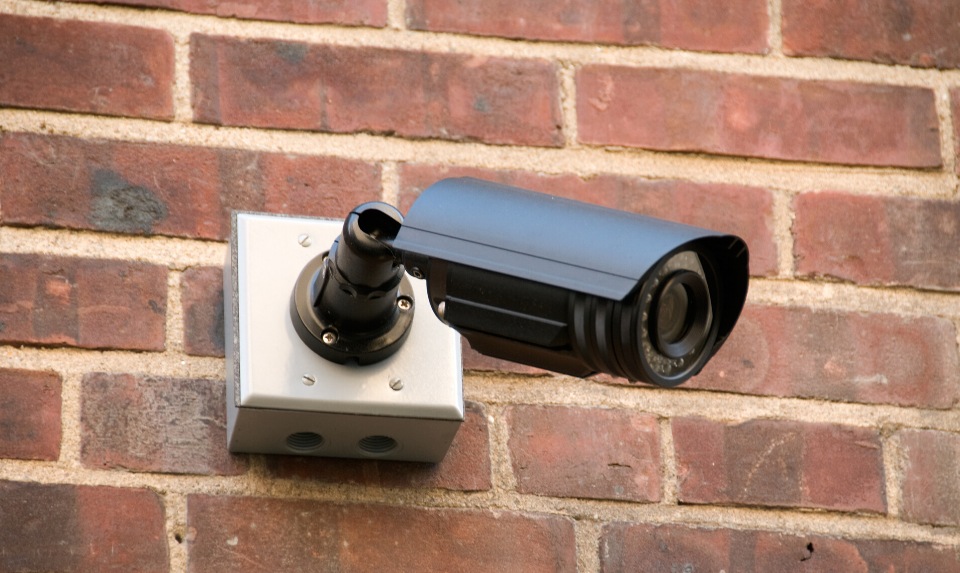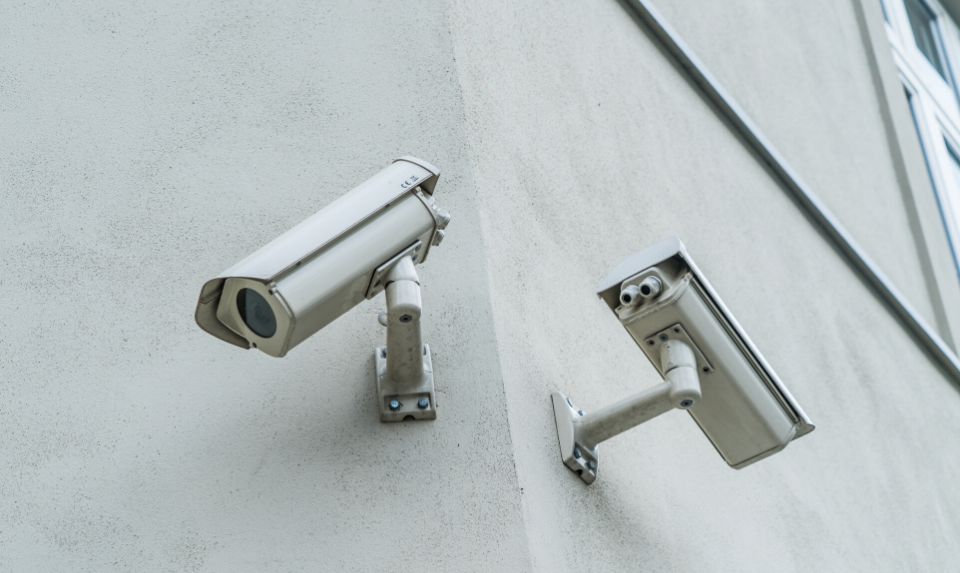Gone are the days of long, prominent wires running across flooring or walls. A lot of today’s security wireless outdoor cameras are wireless, using broadband or short-range technologies like Z-Wave to communicate with a control panel or linked smart device.
Wireless outdoor cameras are easy to install, and they offer you better flexibility for placement.
With a wireless outdoor camera, the video signal—and, with some, the audio signal as well—is transmitted on the internet or previous wireless network to a recipient that connects to your screening and recording device. A lot use computers or Cloud storage accounts to save the video footage for soon after viewing.

Wireless Outdoor Camera Benefits
As stated above, wireless outdoor cameras are easier to install compared to wired option. Wired cameras must attach to your home’s electrical system, so you’ll need to employ a professional for the setting up. Wireless cameras rely on Wi-Fi or other networks. Follow the directions, and you can set up and attach most cameras in around thirty minutes.
What to Look for in Security Cameras
Just like everything else, depending on your lifestyle, a number of features may be more significant than others if looking for a home security camera. To start, let’s consider a few trendy vital features when comparing options:
Field of View
The field of view on most cameras range from 90 degrees up to 140 degrees. If you want to maintain tabs on your yard or a large room, then you’ll want a wider field of view to efficiently monitor the whole area. If you just want to keep an eye on the front porch or entryway, then a narrower field of observation will be all you need.
Night Vision
A lot of security cameras has a form of night vision. This is tremendously useful if you want 24/7 monitoring. It’s also very practical for folks who live in rural areas or where nocturnal animals roam, like raccoons so you can make sure what is making those noises and knocking things out around your residence.
Resolution
4k TVs and monitors are grand, but not very handy for security camera systems. That level of resolution takes up a lot of bandwidth and storage space. Scope of resolution in security cameras usually ranges from 480p to 1080p for a more enhanced detail.
Low Light Performance
Dimly lit areas won’t trigger the night vision capability, and usually need a camera that has a wide opening. A wide opening allows the camera to take in more light from dimly lit areas, so as a substitute of just seeing dimness and barely apparent features, you’ll actually see more details and you will better able to recognize the occurrence.
Motion Detection
Motion detection will alert you when a particular area has movement. Whether it be a delivery man, intruders, or animals. Some cameras include motion detection of only 90 degrees and some up to 270 degrees. Several outdoor cameras come with lights that will be activated when it detects motion. Motion borders can be set on some cameras, from a few feet to over 100 feet.
Source of Power
If you’re a handyman or have a qualified installer, then cabling your security system straight into a power line will let you place your cameras anywhere with no eyesore of power cords. Battery-powered cameras are easy to install and easy to place anywhere you desire them, but might need repeated battery changes. You’ll have a steady power source with cameras that can be plugged in outlets, but they’ll need to be located near an outlet, or their power cords can be a nuisance.
Audio
Not all cameras can document any audio, and fewer provide two-way audio. Two-way audio lets you converse to whoever is in view of the camera, such as asking a delivery man to leave the parcel on the porch. a number of security cameras can set off a loud siren to scare off vandals or animals.

App Support
The contemporary security system comes with apps that you can utilize on your computer or phone. linking the cameras to your app is not at all times simple, with some cameras doing a better job at syncing the whole thing together and transfer your notifications without a problem.
Storage Plans
Generally, cameras have an extra storage plan so that any motion detection actions are recorded and stored on cloud storage provided by the security camera company. Plans can vary in size from a few gigabytes to more than 100 gigabytes.
Size
Size can be an issue on where you can put the wireless outdoor camera. A number of cameras have a slim podium and long neck that makes them easy to point in any direction and fit everywhere. Others are on flat podium with no neck, Limiting where they can be pointed but are more robust.
Costs
There are direct costs such as the wireless outdoor camera itself, as well as fitting fees for full house systems. Monthly plans to unlock all the characteristics of your system can reach over a $100 depending on your requirements.